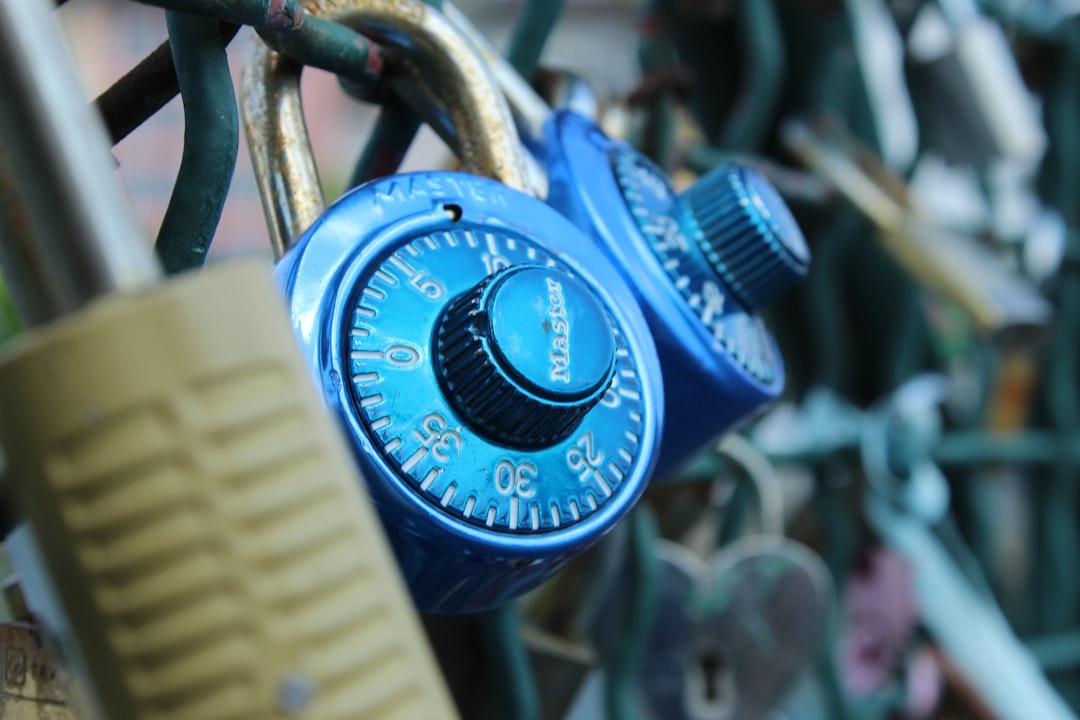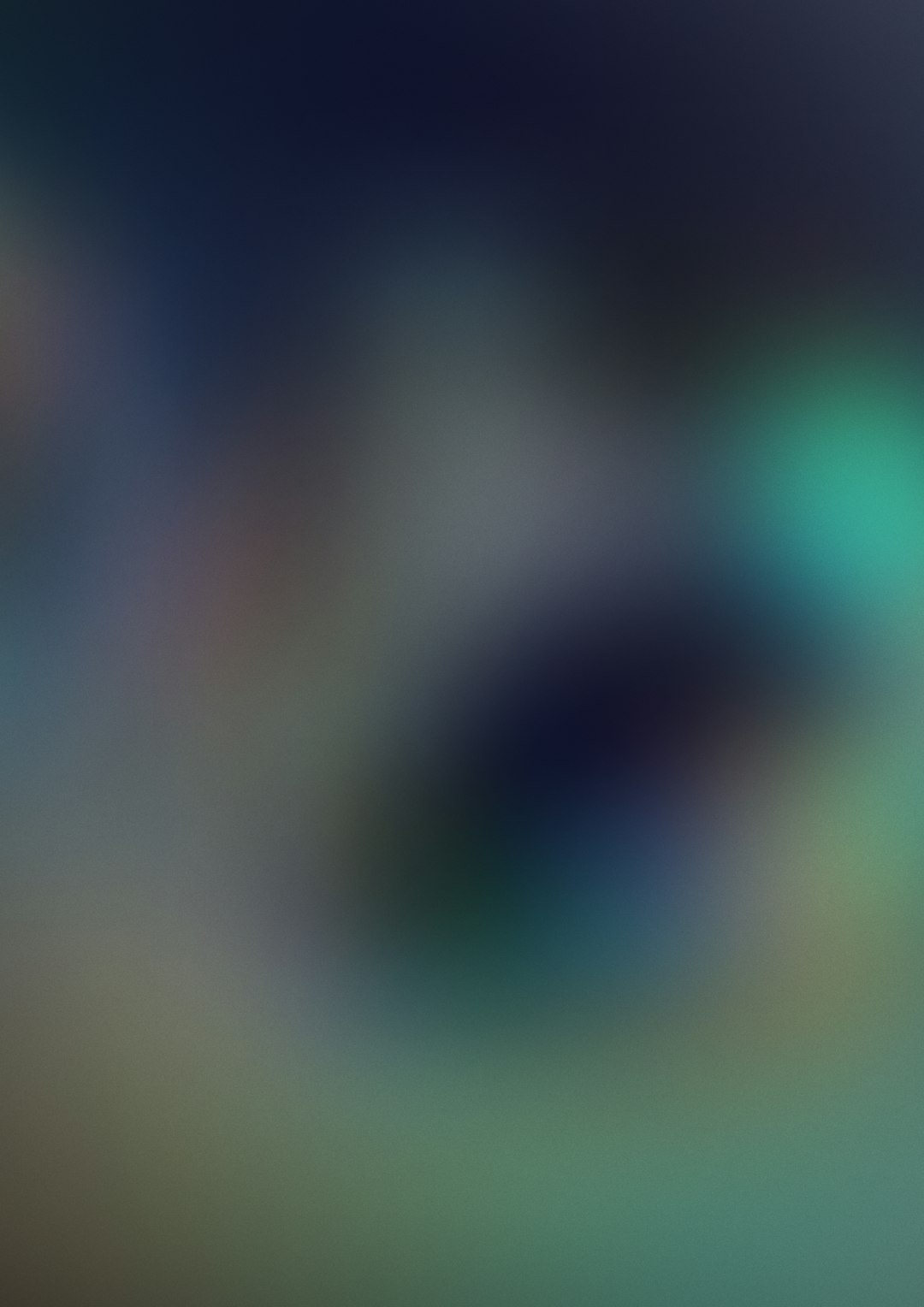In today’s fast-paced digital age, promoting a technology event effectively requires more than just posting on social media or sending out email reminders. A well-designed flyer can serve as a powerful tool in capturing attention and conveying essential information. Whether your flyer appears as a printed handout or a digital graphic on websites and social platforms, its design must be visually engaging, informative, and tailored to a tech-savvy audience.
Designing a compelling flyer for a technology event involves thoughtful use of layout, color schemes, typography, and imagery. Let’s explore the key components that can help make your flyer not only attractive but also effective in communication.
1. Start With a Clear Objective
The first step in creating a successful flyer is defining the purpose. Ask yourself:
- What is the primary goal of the flyer? (e.g., raise awareness, drive registrations, provide information)
- Who is the target audience? (e.g., developers, investors, students, entrepreneurs)
Understanding the objective will guide other design decisions, including tone, style, and content.
2. Craft a Strong Visual Hierarchy
Technology audiences tend to appreciate clean, organized layouts that allow them to grasp information quickly. A strong visual hierarchy ensures that viewers notice the most important information at a glance. Key design strategies include:
- Headline first: Use a bold and readable font for the event name or slogan.
- Subheadings: Highlight the date, location, and type of event underneath the main heading.
- Bullet points and short paragraphs: These improve readability and preserve clean aesthetics.
Avoid clutter. Too many elements competing for attention can overwhelm the viewer and reduce the flyer’s effectiveness.
3. Choose a Tech-Oriented Color Palette
Colors evoke emotions and should align with the event theme. Technology events pair well with hues such as:
- Electric blue – suggests innovation and efficiency
- Charcoal or black – communicates professionalism and sophistication
- Neon green or orange accents – great for emphasizing details like dates or calls to action
Use no more than three dominant colors to maintain balance and consistency. This keeps the flyer feeling focused and visually harmonious.
4. Incorporate Modern, Relevant Imagery
Dynamic visuals can capture attention and support your message more powerfully than text alone. Graphics such as circuit boards, data streams, or futuristic cityscapes can help reinforce the tech theme.
 technology, flyer, futuristic, circuit
technology, flyer, futuristic, circuit
If your event features a keynote speaker or a prominent panel, including their photo helps build credibility. Just make sure to use high-resolution images that maintain quality in both digital and printed formats.
5. Use Contemporary Typography
The fonts you select can either enhance or hinder your design. For technology-related flyers, consider sleek sans-serif fonts like Roboto, Montserrat, or Lato. These fonts appear modern and are highly readable.
Tips for effective typography:
- Use font sizes strategically to guide the reader through the flyer.
- Stick to two font families max to avoid a disjointed look.
- Reserve decorative fonts (if any) for headings only.
6. Include a Clear Call to Action (CTA)
Your flyer should prompt the viewer to take a specific action. Whether it’s “Register Now,” “Visit our Website,” or “Scan the QR Code,” the CTA should be visible, persuasive, and easy to follow.
To enhance the CTA, consider using visual cues such as:
- Buttons or shaped backgrounds for emphasis
- Contrasting colors to draw attention
- Arrows or icons directing the viewer’s eye
 call to action, register now, qr code
call to action, register now, qr code
7. Optimize for Both Print and Digital Formats
Ensure your flyer is designed in a resolution suitable for both print (at least 300 DPI) and digital screens. Use vector graphics where possible to maintain quality at any size.
Save and export your design in multiple formats, including PDF for print and PNG or JPEG for digital marketing. If shared on social media, adapting the layout to fit platform-specific dimensions (such as Instagram Stories or Facebook posts) can further boost engagement.
8. Test and Review Before Launch
Finally, proofread all content for clarity and accuracy. Gather feedback from a small audience segment to ensure the flyer communicates effectively. Ask questions like:
- Is the purpose clear within 5 seconds of viewing?
- Can viewers easily find the date, time, and venue?
- Does the flyer reflect the modern and innovative feel of the event?
An effective flyer isn’t just an attractive image—it’s a piece of strategic communication that combines visual elements with information to entice attendance and drive action. By using these best practices, you can design a flyer that resonates with your tech audience and sets your event apart.



